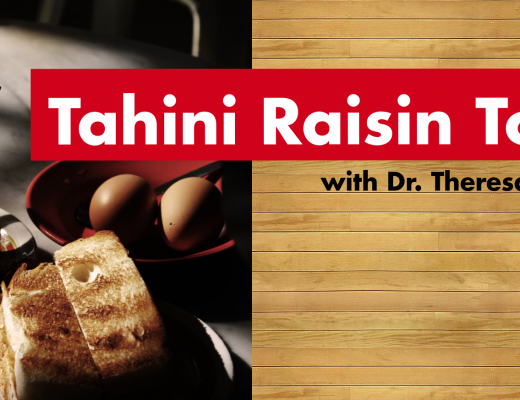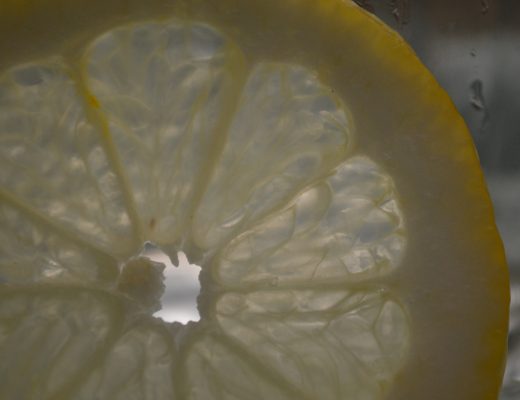You may wonder about the cost of adding more organic or locally grown fruits and vegetables into your diet. Currently, Americans are spending less than 10% of their income on food, at a time when healthcare costs are skyrocketing. Many of us try to cut corners by spending less on food, but this can be detrimental to our health.
Low cost food leads us to eat more and most food industry research is earmarked for producing massive quantities of low-cost foods, completely sacrificing nutrient density and overall preservation of the food quality, soil health and water table purity. Lower cost equals lower quality.
This brings to mind the adage “better to pay the grocer than the doctor”. It’s important to factor in that health cost when you’re looking at the true cost of food.
Studies show that young people without health insurance are more likely to spend a bit more at the grocery store to get healthier foods in hopes of maintaining their health. We should all be aware that there’s a correlation between food quality and health.
Spend more, save more
To get the most out of your healthier food dollars it is helpful to know about the Dirty Dozen and Clean 15. This is a list researched by the Environmental Working Group compiling, yearly, the top 12 most contaminated and sprayed fruits and veggies, and also the safest 15, which includes those with the lowest pesticide load, and those crops that are conventionally grown. [http://www.ewg.org/foodnews/]
Here is a bright idea from Thomas Edison: “The doctor of the future will give no medicine, but will interest his patients in the care of the human frame, in diet and in the cause and prevention of disease.”
Source:




